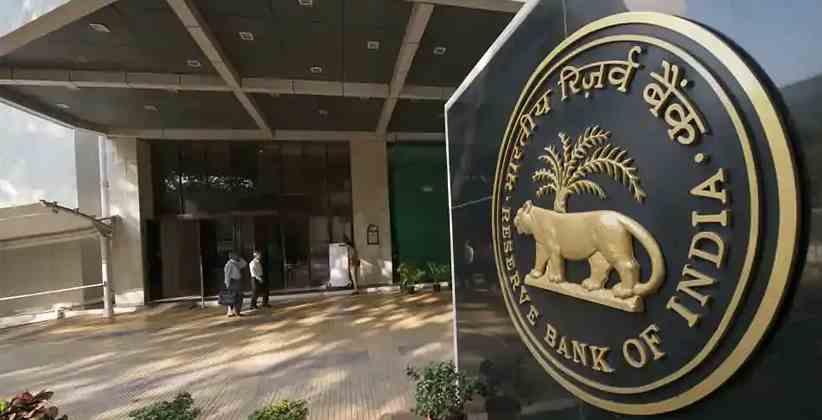To develop the securitization market in India, the Reserve Bank of India on June 08, 2020, has come out with draft guidelines, which amongst other things, attempts to align the regulatory framework with the Basel guidelines.
In the financial world, securitization involves transactions, where credit risk in assets are redistributed by repackaging them into tradeable securities with different risk profiles.
This process gives investors of various classes access to exposures which they, otherwise, will be unable to access directly. However, usually, securitization structures are complicated and opaque. Accordingly, for convenience, the guidelines have proposed that the definition of securitization has been modified to allow single asset securitizations.
"Securitisation of exposures purchased from other lenders has been allowed," the RBI said.
Additionally, the draft guidelines proposed that only those transactions that result in multiple tranches of securities being issued reflecting different credit risks will be treated as securitization transactions.
"In line with the Basel III guidelines, two capital measurement approaches have been proposed: Securitisation External Ratings Based Approach (SEC-ERBA) and Securitisation Standardised Approach (SEC-SA)Further, a special case of securitization, called Simple, Transparent, and Comparable (STC) securitizations, has been prescribed with clearly defined criteria and preferential capital treatment" the RBI has said.
Similarly, a key change relates to differential treatment for Residential Mortgage-Backed Securities (RMBS) compared to other securitizations in respect of prescriptions regarding minimum holding period (MHP), minimum retention requirements (MRR) and reset of credit enhancements.
Further, a quantitative test for significant transfer of credit risk has been prescribed for derecognition for the purpose of capital requirements, independent of the accounting derecognition.








